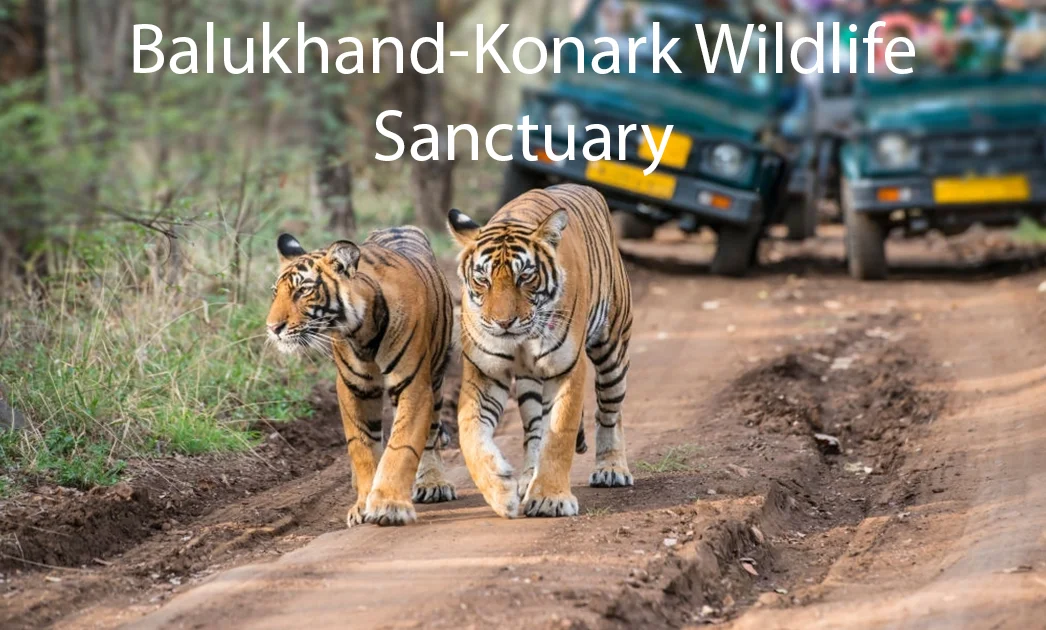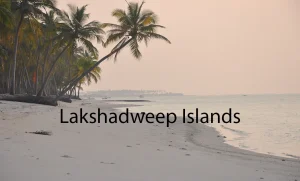Balukhand-Konark Wildlife Sanctuary
Balukhand-Konark Wildlife Sanctuary is a protected wilderness area located in the Puri district of Odisha, India. Nestled between the konark marine drive and the Bay of Bengal, this sanctuary plays a vital role in preserving the coastal and marine biodiversity of the region.
Location of Balukhand Wildlife Sanctuary
Spanning across an area of around 250 square kilometers, the Balukhand-Konark Wildlife Sanctuary stretches across parts of Krushnaprasad and Nimapara tehsils in Puri. Its unique geographic location features a mix of habitats including sandy beaches, casuarina plantations, rocky areas, and inland water bodies. Several rivers such as Kadua, Nuanai, and Kharnasi flow through the sanctuary before meeting the sea. This wetland ecosystem with rich alluvial soil makes it conducive for varied flora and fauna to thrive.
History of Konark Wildlife Sanctuary
The Balukhand-Konark Wildlife Sanctuary was officially declared a protected area by the government of Odisha in October 1998 to conserve the indigenous biodiversity of the region. For years, this area suffered habitat loss and disturbances due to human encroachment and activities such as logging and poaching. The establishment of this sanctuary enabled focused conservation efforts by providing legal protection and improving vigilance against illegal activities. Several awareness and community development initiatives were also launched to drive participation in sustainable development and educated locals on wilderness preservation in the area. Today, it stands testament to the concerted efforts made towards securing a vibrant future for the unique coastal ecological landscape found in this part of Odisha.
Biodiversity of Balukhand-Konark Wildlife Sanctuary
The Balukhand-Konark Wildlife Sanctuary is home to a wide variety of floral and faunal species. Its wetland ecosystem and mixed geographical terrain comprising beaches, forests, rivers, and inland water bodies support rich biodiversity.
Flora
Mangroves: The sanctuary harbors rich mangrove vegetation along its coastline. Predominant mangrove species found here include Avicennia marina, Aegiceras corniculatum, Excoecaria agallocha, and Ceriops decandra. These salt-tolerant trees form breeding grounds for several aquatic species.
Other Trees and Plants: The inland areas along the Kharnasi river have tropical moist deciduous forests with native trees like Arjun, Piasal and varieties of Fig. Other vegetation includes grasses, orchids, bamboos as well as medicinal plants.
Fauna
Birds: Over 150 bird species are found here, including both migratory and resident birds. Some key species are spot-billed pelicans, egrets, herons, storks, sandpipers, gulls, terns, and plovers. The sanctuary also has raptors like serpent eagles, harriers and falconets.
Mammals: 34 mammal species inhabit this sanctuary such as Fishing cats, otters, jackals, hyenas, mongooses and the endangered Bengal fox.
Reptiles: Reptilian fauna comprises saltwater crocodiles, olive ridley turtles, monitor lizards, Russell’s vipers and common kraits among others.
Amphibians: Frog species like Common Indian Toad, Cricket Frog and Skipper Frog are found here.
Aquatic Life: The wetlands harbor rich aquatic life including fishes like Groupers, Snappers, Barramundi, tropical garfish and mudskippers. Crabs, prawns and molluscs are also abundant.
The unique location and protected status of Balukhand-Konark Wildlife Sanctuary make it a bastion for precious coastal and marine biodiversity which needs continued conservation.
Conservation Efforts at Balukhand-Konark Wildlife Sanctuary
The Balukhand-Konark Wildlife Sanctuary is prone to various threats and challenges that call for focused conservation initiatives to protect its ecological landscape.
Threats and Challenges
Climate Change: Rising sea levels and increasing frequency of cyclones and storms due to climate change pose a major threat to the sanctuary. It can lead to habitat loss and disturbances in breeding cycles of species.
Human Activities: Human interference through logging, agricultural encroachment, overfishing and poaching have historically affected the native flora and fauna. Pollution from nearby villages also impacts the sanctuary area.
Conservation Initiatives
Habitat Protection: To counter threats, dedicated zones have been marked for habitat and seascape protection. Mechanisms like beach guards, water patrols and access restrictions regulate human activity.
Wildlife Monitoring: Regular census of aquatic life, nesting turtles, mangrove cover and resident bird populations is done. Infrared night vision cameras, satellite tracking of animals and IoT systems enable intensive monitoring.
Community Involvement: Awareness campaigns, livelihood programs and training workshops are conducted to drive participation of indigenous communities in preservation. Eco-development committees provide them sustainable income sources.
Visitor Information for Balukhand-Konark Wildlife Sanctuary
The Balukhand-Konark Wildlife Sanctuary offers a unique way to experience Odisha’s rich natural heritage along its coastline.
Best time to visit Balukhand-Konark Wildlife Sanctuary
- The winter months from October to February are the best period to visit. The sanctuary sees peak migratory birds like pintails, gulls and sandpipers during this time.
- Summers tend to be hot and humid while the monsoon brings in high tides.
Things to do in Balukhand-Konark Wildlife Sanctuary
Birdwatching: Winter offers excellent birding opportunities across the wetlands and mangroves. Carrying binoculars and consulting the forest department for bird hotspots is recommended.
Nature Walks: Guided nature trails are available along the coastline and around the Kharnasi river to observe the native flora and fauna of the sanctuary.
Boating: Rowing across the Krushnanagar creek lets visitors spot aquatic life and marsh crocodiles.
Rules and Regulations in Balukhand-Konark Wildlife Sanctuary
Plastic is banned inside the protected area.
Motorized vehicles are not permitted without forest permission.
Off-trail treks, littering and overnight stays need approval.
Disturbing nesting turtles, birds and other wildlife is punishable by law.
By following some basics, visitors can enjoy the natural beauty of Balukhand-Konark sanctuary while also supporting its conservation efforts. Proper planning regarding timing and activities can make the experience both enriching and sustainable.
As a protected wilderness stretching along the Odisha coastline, the ecological significance of Balukhand-Konark Wildlife Sanctuary cannot be overstated. Its wetlands and mangrove cover nurture high aquatic diversity crucial for maintaining resilience towards rising sea levels. The sanctuary serves as a safe breeding site for endangered olive ridley turtles and provides an important staging ground for migratory birds along the Central Asian flyway. Its varied faunal inhabitants help preserve the health and balance of regional forests and nearby villages by their presence. Beyond biodiversity, this sanctuary holds historic, cultural and spiritual value for hosting the UNESCO world heritage site of Konark Temple.
Future of Konark Wildlife Sanctuary
While population pressures pose continued challenges, the expanding mangrove cover and rising species census at Balukhand-Konark over the past decade indicates promising restoration of the habitat. Internationalization through Ramsar site nomination and community-focused conservation models can further help safeguard the gains made in protecting this ecosystem. Adoption of technologies like GPS tracking, remote sensing and deployment of microgrids also paint an optimistic picture regarding the sanctuary’s protection. However, sustaining conservation work alongside local stakeholder interests remains crucial for its long-term survival. Overall, the expanding global momentum towards climate action and India’s push towards wilderness preservation goals give hope for ensuring this vital coastal sanctuary as an enduring natural heritage.




